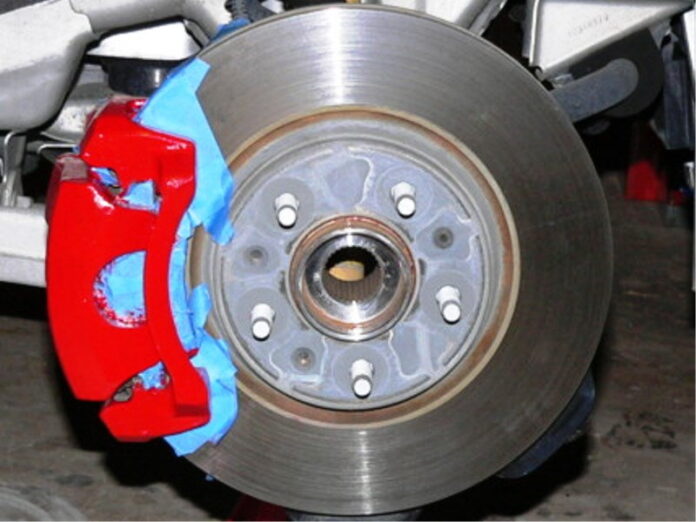The function of a brake caliper
Motorists should first know how their vehicle’s disc brakes work and what is the function of a brake caliper? It is comprehend to know the signs of a bad brake caliper and the functions of a brake caliper. When drivers push on the pedal, the car converts kinetic energy—the motion of the wheels—into the form of heat. Whenever you compress the brake, the brake booster increases the force. The brake booster’s transmitted force propels the master cylinder’s piston to force brake fluid into each wheel’s brake line. When the brakes are activated, the brake caliper is forced to squeeze the disc, slowing the car. The car slows due to the brake caliper forcing the brake pads toward the metal disc.
What is a brake caliper and Signs of bad brake caliper?
The brake disc system, the kind seen in most cars’ front brakes, includes calipers. The brake and pistons of your car are kept inside the brake caliper. It has to make friction with the braking rotors to slow the vehicle’s wheels.
1. When accelerating or braking, the vehicle tries to pull to a side
Due to hydraulic force from the master cylinder, the brake caliper’s pistons can move in and out. The brake pads would either fail to evacuate the rotors or fail to make contact with the rotors if the piston freezes up as a result of debris or rust. In the first scenario, the automobile will nudge toward the side with the injured caliper. The car will pull back from the affected side if the brake pad does not make contact with the rotor. This may occur either when the brake is used or while driving normally.
2. Metal-like rubbing or high-pitched squealing noises
A noise from the damaged element is another sign of a stuck or frozen brake caliper. If the noise comes from the brake calipers instead of the brake pads, it will happen while driving, whereas problems with the brake pads would sound when the driver presses the brakes. A frozen or blocked caliper can ultimately cause the brake to lock up completely, so be careful to bring the car to an auto mechanic as soon as possible.
3. Brake Pads Decline Inequitably
The brake caliper is probably to blame if it appears the brake pads across one side of the automobile are thinner than those on the other. Bring the car to a repair shop, and let a qualified professional examine the issue.
4. Tyres that are leaking brake fluid inside onto the ground
Modern brake systems work with hydraulic pressure. Drivers could see an oily mark on the surface inside the tyre if the caliper leaks. This might not even be the caliper, though. Please consult a mechanic to identify the issue and fix it correctly.
5. A clanging noise
The brake caliper bracket may be defective, although this symptom is far less frequent than the others. In certain situations, the broken bracket operates with a loud clunking noise. If this occurs, avoid operating the car. The risk of significant injury to the motorist and other drivers increases if the brakes lock up.





